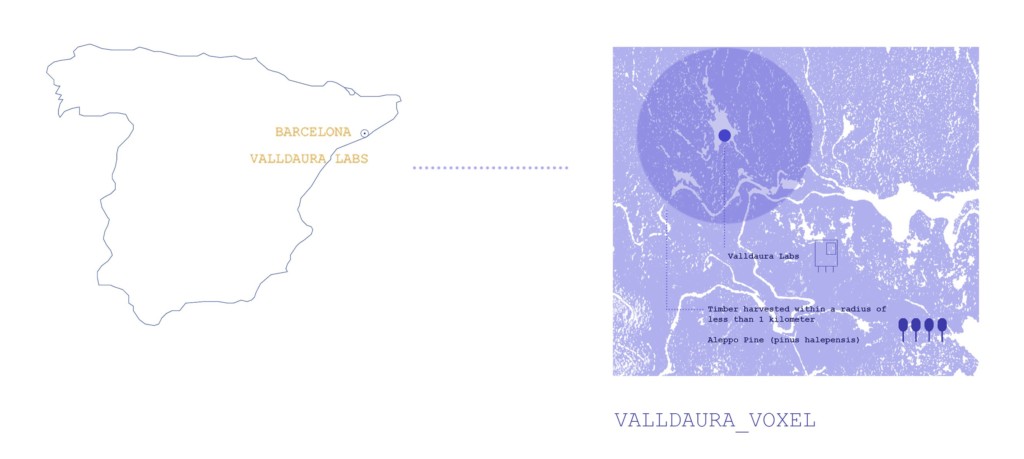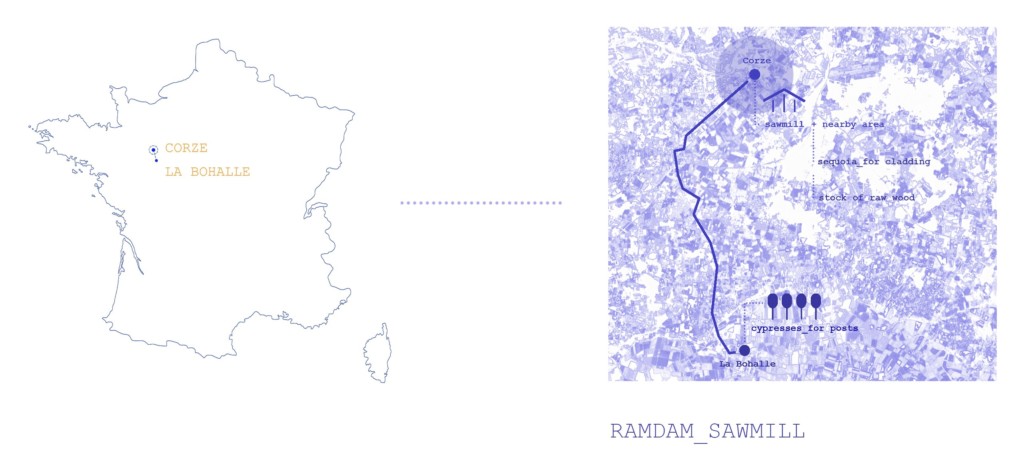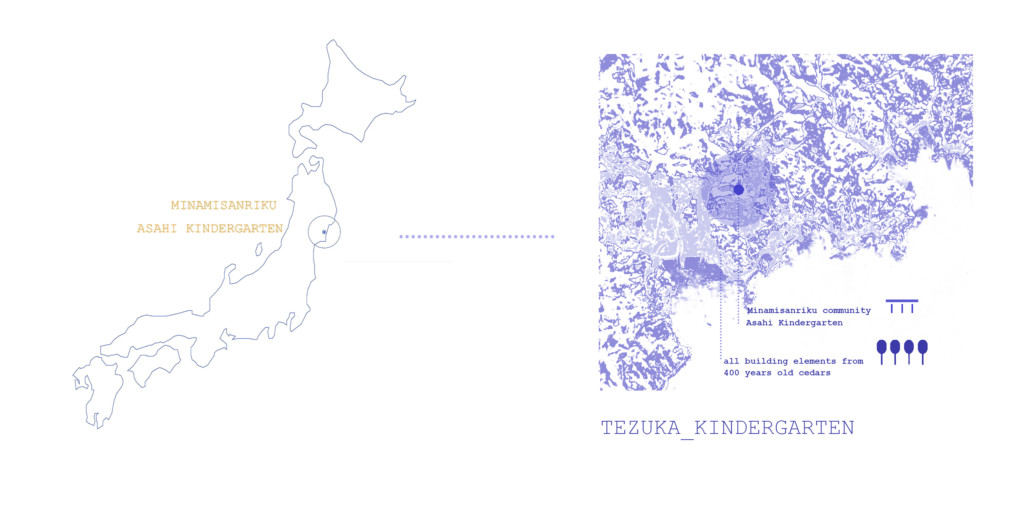Introduction
The current paper is part of a series of narratives, with the overall theme “The transect of woods” that are focusing on investigating the connections and paths between the source of the timber product – the product itself and the final receptor, the building which is being seen as a “transect” connector. This set of narratives includes two main parts. In the first paper it was mainly analyzed the need & the benefits of building with multiple species, together with the dynamics of selecting species for the final project and its footprint to urban and natural environment.
In the second part the focus will be on the different applications of timber species in building’s structure, through the use of a collection of projects that give acknowledgement to the aforementioned material connections. In this catalogue of projects, the different backgrounds and techniques used in each project are being analyzed at a common ground which is the ecological & cultural path.
The matter of timber resources
The current paper investigates further the matter of transect in order to look deeper in the variety of options we have when we talk about timber as construction material, with the eye to each ecological path & each geographic sources. Also the issue of material supply is being conceived in the sense of whole material cycle.
A thorough research was conducted on timber buildings that can add a special value to the matter of material source and the connection with the buildings. Many examples can also be found with using recycled timber for cladding purposes, or for other type of constructions, such as shelters. Though for the purpose of this paper the main focus will more on the use of timber as a construction material for buildings through the analysis of 6 case studies.
Connecting timber buildings with sources_Case studies analysis

Voxel by IAAC_maps representing the transect of material_credits: Eirini Doumani-Korka
Most of the projects presented in the paper, address the matter of reclaimed timber, as Horizon house by Harvard school students, while Voxel by IAAC highlights the importance of tree traceability, as every harvested tree was the result of a thoughtful action, that followed all the standards and the reasonable use of material. Voxel project is really relevant to the matter of material supply, as the more we have the control of the resource and the exact quantities of the material we are going to use, the more we can avoid unreasonable deforestation issues. While in reception pavillion for the sawmill by Ramdam architects, an important opportunity is being revealed, introducing a new way of building production and construction, by the implementation of a short material supply circuit.

Reception pavillion by Ramdam architects_maps representing the transect of material_credits: Eirini Doumani-Korka
?he cedar columns in Asahi Kindergarten by Tezuka architects work as symbols and reflect the way the old tree, destroyed from the tsunami, once grew out of the ground. It is a project created totally from timber coming from pine trees that were destroyed by the huge tsunami hitted Japan in 2011, that makes us wonder not only about the cultural footprint of our projects, but also about the big potentials of timber and its sources. In Pedevilla’s house, CiAsa Aqua Bad Cortina, all the different scales and textures of the timber materials, coming from trees that fell during a ferocious storm, also used in many different areas (structure, cladding, furniture), add an extra value to the project, merging beautifully the local traditions with modern-day aesthetics.

Asahi kindergarten_maps representing the transect of material_credits: Eirini Doumani-Korka
Hannah office ‘s cabin, is important to be studied in the sense of all the new possibilities that are open in the field of using infested wood as a building material. In this project the matter of building form is not the most important one, as is the research delivered within the scope of the project, which is undoubtedly valuable.
We, as architects, are able to create projects with important architectural and cultural qualities even from destroyed trees. When a vision meets the real needs of the society projects with cultural and humanitarian footprint, teach, inspire and are able to withstand time.
THE TRANSECT OF WOODS_focusing on material resources, is a project of IaaC, Institute for Advanced Architecture of Catalonia developed at Master in Mass Timber Design in 2021/2022 by: Student: Eirini Doumani-Korka Faculties: Daniel Ibanez